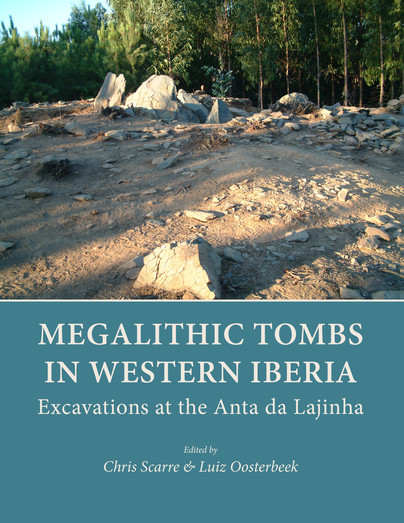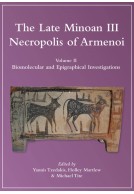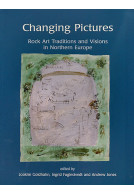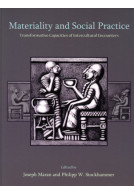Megalithic Tombs in Western Iberia (Hardback)
Excavations at the Anta da Lajinha
Imprint: Oxbow Books
Pages: 256
Illustrations: b/w
ISBN: 9781785709807
Published: 30th November 2019
Script Academic & Professional
Pages: 256
Illustrations: b/w
ISBN: 9781785709807
Published: 30th November 2019
Script Academic & Professional
You'll be £19.95 closer to your next £10.00 credit when you purchase Megalithic Tombs in Western Iberia. What's this?
+£4.99 UK Delivery or free UK delivery if order is over £40
(click here for international delivery rates)
Need a currency converter? Check XE.com for live rates
(click here for international delivery rates)
Need a currency converter? Check XE.com for live rates
Western Iberia has one of the richest inventories of Neolithic chambered tombs in Atlantic Europe, with particular concentrations in Galicia, northern Portugal and the Alentejo. Less well known is the major concentration of tombs along the Tagus valley, straddling the Portuguese-Spanish frontier. Within this cluster is the Anta da Lajinha, a small megalithic tomb in the hill-country north of the River Tagus. Badly damaged by forest fire and stone removal, it was the subject of joint British-Portuguese excavations in 2006-2008, accompanied by environmental investigations and OSL dating. This volume takes the recent excavations at Lajinha and the adjacent site of Cabeço dos Pendentes as the starting point for a broader consideration of the megalithic tombs of western Iberia. Key themes addressed are relevant to megalithic tombs more generally, including landscape, chronology, settlement and interregional relationships. Over what period of time were these tombs built and used? Do they form a horizon of intensive monument construction, or were the tombs the product of a persistent, long-lived tradition? How do they relate to the famous rock art of the Tagus valley, and to the cave burials and open-air settlements of the region, in terms of chronology and landscape? A final section considers the Iberian tombs within the broader family of west European megalithic monuments, focusing on chronologies, parallels and patterns of contact. Did the Iberian tombs emerge through connections with older established megalithic traditions in other regions such as Brittany, or whether they are the outcome of more general processes operating among Atlantic Neolithic societies?
Other titles in Oxbow Books...















